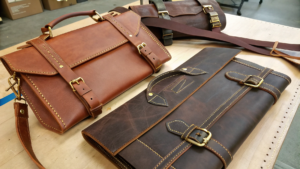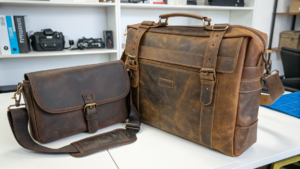How Do Stainless Steel Water Bottles Keep Water Cold for So Long?
The best water bottle to keep water cold isn’t just the one with triple-layer insulation—it’s the one that understands how you live. While many brands compete on technical specs like “24-hour cold retention” or “vacuum-sealed double walls,” the real test comes down to how that bottle fits into your daily rhythm.
Stainless steel water bottles excel at keeping water cold for extended periods primarily due to their vacuum-insulated, double-wall design. This construction minimizes heat transfer through conduction, convection, and radiation, effectively creating a barrier that prevents the outside temperature from affecting the liquid inside.
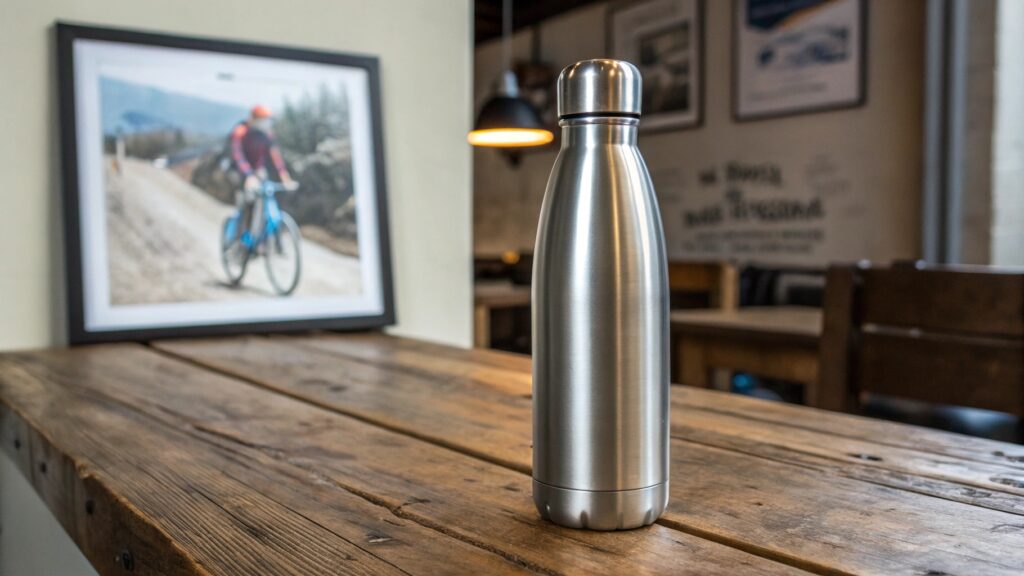
From my own experience, stainless steel insulated bottles—like those from Hydro Flask or ThermoFlask—consistently outperform plastic or glass when it comes to maintaining cold temperatures. But here’s the nuance: it’s not just the material, it’s the design synergy. A narrow mouth reduces heat exchange, a powder-coated exterior prevents condensation, and a secure lid stops temperature leaks. These details matter.
Yet, performance is only half the story. The best cold-keeping bottle is the one you want to carry. If it’s too bulky, too heavy, or doesn’t fit your bag or cupholder, it will sit on a shelf. In that sense, the right water bottle is part science, part lifestyle choice. It keeps your water cold—but it also keeps you in flow.
What Material Is Best for Keeping Water Cold?
Are you tired of your water getting warm just an hour after you fill your bottle? Do you want to know what material is truly effective at maintaining a cold temperature for a long time?
The best material for keeping water cold for extended periods is vacuum-insulated, food-grade stainless steel. Its double-wall construction with a vacuum seal prevents heat transfer more effectively than plastic or single-walled glass1 bottles, ensuring your water stays chilled for hours, even in warm environments.
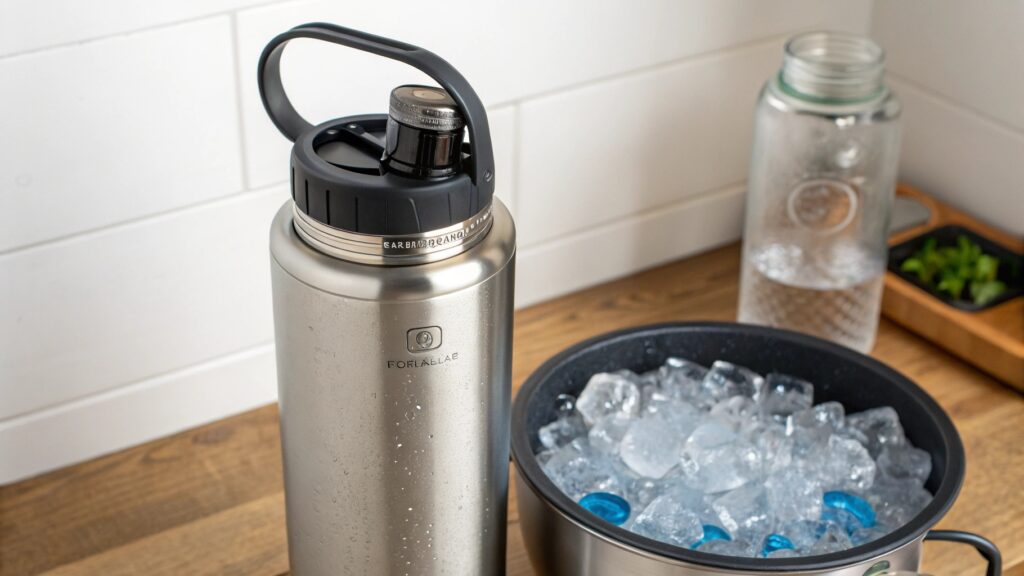
My journey in the corporate gifting industry in Singapore has shown me that clients often prioritize function and durability. When it comes to drinkware, stainless steel stands out as the clear winner for performance.
How Do Different Materials Compare for Keeping Water Cold?
Different materials have different properties. This affects how well they keep things cold. It's important to know this. It helps you choose the right bottle.
| Material | How It Keeps Water Cold | Pros | Cons |
|---|---|---|---|
| Vacuum-Insulated Stainless Steel | Double-wall design with a vacuum between layers minimizes heat transfer. | Keeps water cold for over 24 hours, durable, no condensation. | Can be heavy, may not fit all cup holders, often more expensive. |
| Single-Walled Stainless Steel | Relies on the material's thermal properties to slow heat transfer. | Durable, lightweight, doesn't break easily. | Poor insulation, water warms quickly, exterior gets very cold. |
| Glass | Naturally a poor conductor of heat, but has no insulation. | Doesn't affect taste, non-toxic, aesthetically pleasing. | Fragile, heavy, water warms up quickly. |
| Plastic (BPA-Free) | Has some insulating properties, but not effective for long periods. | Lightweight, affordable, shatter-resistant. | Water warms up fast, can retain odors, less durable. |
| Aluminum | Similar to single-walled stainless steel2, a decent heat conductor. | Lightweight, good for travel. | Poor insulation, can dent easily, often lined with plastic. |
I once used a single-walled plastic bottle for a hike in Singapore's humid weather. The water was lukewarm within an hour. The contrast was stark when I switched to a stainless steel insulated bottle. The water stayed ice-cold the entire day. This experience showed me that for genuine cold-retention, material choice is not just a preference, but a necessity.
Which Water Bottle Keeps Water Cold the Longest?
Are you searching for a water bottle that will keep your drinks refreshingly cold for an entire day, through your workout, commute, and beyond? Do you want to know which brands and features offer the best performance in cold retention?
The water bottle that keeps water cold the longest is an insulated, food-grade stainless steel bottle from a reputable brand like Hydro Flask, Zojirushi, or Stanley. These brands utilize a double-wall vacuum seal, often with an added copper lining, to maximize insulation and keep liquids cold for 24 hours or more, outperforming all other types of bottles.
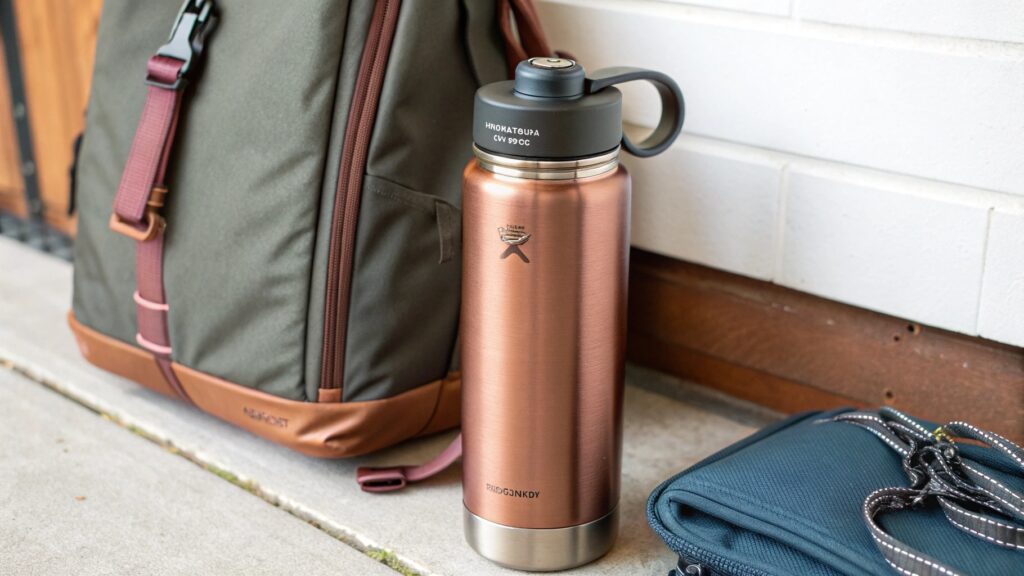
Working with corporate clients on branded drinkware, I have seen which products deliver on their promise. Brands that invest in quality construction and materials consistently outperform others in user testing and feedback.
What Features Maximize Cold Retention?
Long-lasting cold retention is about more than just material. It's about a combination of features. These features work together to stop heat from getting in. This keeps your water cold for a long time.
| Feature | Description | How It Works to Keep Water Cold | Why It Matters |
|---|---|---|---|
| Double-Wall Vacuum Insulation | Two layers of steel with a vacuum in between. | The vacuum is a great insulator, preventing heat from entering the bottle. | This is the most important feature for long-lasting cold. |
| Lid Seal | A tight-fitting, often silicone-sealed lid. | Prevents warm air from entering the bottle and cold air from escaping. | A leaky lid can ruin the insulation and make your drink warm quickly. |
| Copper Lining | A thin layer of copper on the inner wall of the vacuum space. | Reflects heat (radiation) back into the bottle, enhancing insulation. | Adds an extra layer of protection against temperature changes. |
| Powder-Coated Exterior | A durable, textured finish on the outside of the bottle. | Prevents condensation, which can transfer heat and make the bottle feel warm. | Keeps your hands dry and makes the bottle easier to hold. |
| Narrow Mouth | A smaller opening at the top of the bottle. | Reduces the surface area for heat exchange, minimizing warm air entry. | This small detail helps maintain cold temperatures when you open the bottle. |
I once sourced custom-branded insulated water bottles for a client's large corporate event in Singapore. We chose a brand with a strong vacuum seal and a copper lining3. The feedback from attendees was remarkable. People were surprised that their ice water was still ice-cold even after hours in the humid heat. It was a perfect example of how choosing a product with the right features makes all the difference.
What Are the Disadvantages of a Stainless Steel Water Bottle?
Are you considering a stainless steel water bottle but worried about potential downsides? Do you want to know what challenges you might face before you make a purchase?
While stainless steel water bottles are highly effective, they do have some disadvantages, including being heavier and bulkier than plastic alternatives, the potential for a metallic taste if not cleaned properly, and the inability to see the liquid level inside. Additionally, insulated models are typically more expensive, and if the vacuum seal is damaged, their performance is compromised.
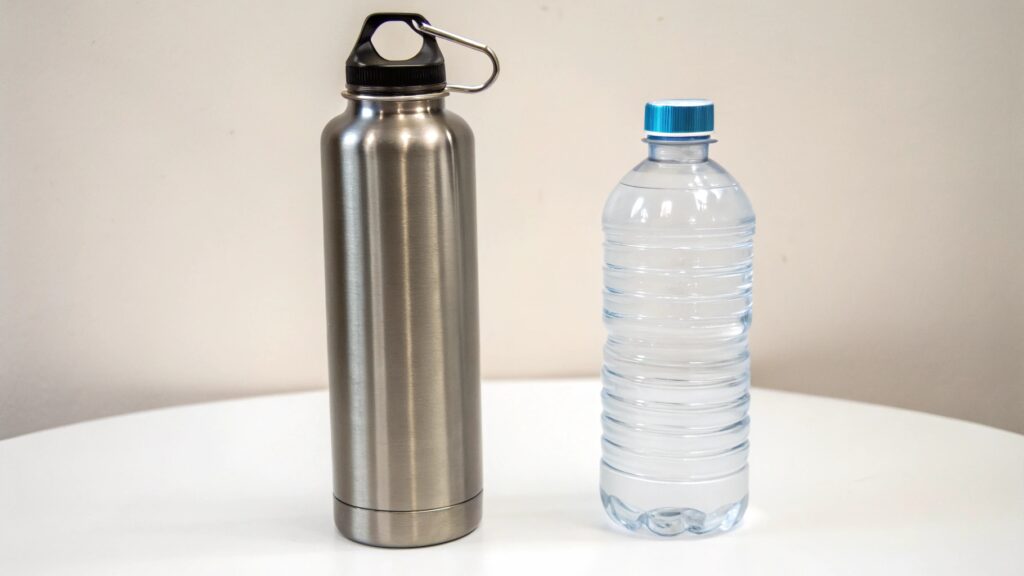
I always advise clients that every product has trade-offs. While stainless steel is great for performance, it's not the right fit for everyone. It is about understanding what matters most to you.
What Are the Common Issues with Stainless Steel Bottles?
Stainless steel bottles have great benefits. But they also have some issues. Knowing these helps you decide if they are right for you. It helps you pick the best one for your needs.
| Disadvantage | Description | Impact on User Experience | Mitigation/Solution |
|---|---|---|---|
| Weight and Bulkiness | Insulated models are heavier and wider than plastic bottles. | Can be cumbersome to carry, may not fit in car cup holders or small bags. | Choose a slim design or a smaller capacity bottle for daily use. |
| Higher Cost | Quality stainless steel bottles are more expensive than plastic. | Requires a larger initial investment. | Consider it a long-term investment in a durable, reusable product. |
| Not Transparent | You cannot see how much water is left inside the bottle. | You have to open the bottle to check the water level. | Check the water level before leaving the house or before a workout. |
| Metallic Taste | If not cleaned properly, a faint metallic taste can occur. | Can impact the taste of your water over time. | Wash thoroughly with soap and water after each use; use baking soda for deep cleaning. |
| Dents and Dings | The exterior can dent if dropped on a hard surface. | Can affect the aesthetics and potentially damage the vacuum seal. | Use a bottle with a protective rubber base or a silicone sleeve. |
| Cannot be Microwaved | Stainless steel is a metal and cannot be placed in a microwave. | Limits heating options for beverages. | Heat liquids on a stove first and then pour them into the bottle. |
| Damage to Vacuum Seal | A strong impact can damage the vacuum seal. | The bottle will lose its insulating properties and become a single-walled bottle. | Handle with care and avoid dropping the bottle. |
I once used a heavily insulated stainless steel bottle for my daily commute. While it kept my drink perfectly cold, its large size made it difficult to fit in my work bag, and it was quite heavy. I ended up switching to a slightly smaller, more compact version. It still kept my water cold for hours but was much more convenient to carry around the city. This experience taught me that the "best" bottle is a balance of performance and practicality for your specific lifestyle.
Conclusion
Stainless steel water bottles are a great choice for keeping drinks cold for hours, thanks to their vacuum-insulated design. While they may be heavier and more expensive than other options, their durability and performance make them a worthwhile investment for daily hydration.



